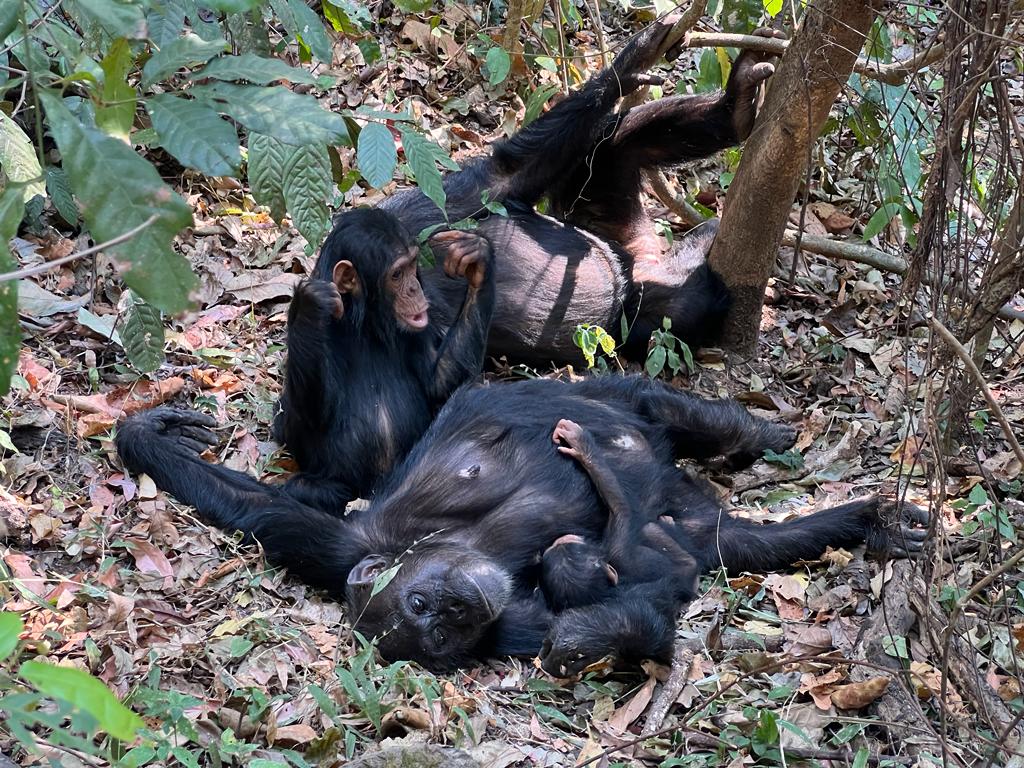Brief Information about Katavi National park and Mahale mountains National park
Katavi National park
Katavi National Park is an isolated protected area in Tanzania’s southwestern region, roughly 50 kilometers east of Lake Tanganyika in Mpanda district, Rukwa region. The national park was established in 1974 and has an area of 4,471 square kilometers, making it the country’s third-biggest national park after Ruaha and Serengeti. The elevation of Katavi National Park ranges from 820m to 1560m above sea level.
Katavi National Park is home to a variety of attractions such as animals, primates, reptiles, birds, and vegetation types, as well as the Katuma River, which is home to hippos, crocodiles, and attracts an abundance of animals during the dry season, Lake Katavi, Katsunga plain, that forms the heart of the park with a river that cuts through the middle, lakes and seasonal pools, and the tamarind tree, also known as the tree of the spirit.
Katavi has wildlife including 50 mammal species such as the African elephants, hippos, zebras, impala, giraffes, reedbucks, waterbucks, topi, greater kudu, eland, duikers, warthogs, lions, leopards, spotted hyenas, wild dogs, serval cats, primates like monkeys, baboons, bush babies, reptiles for example the crocodiles, monitor lizards and bird species such as green pigeon, snake eagle, saddle billed stork, Senegal plover, knob billed duck, grey heron, open billed stork, ostrich, grey crowned crane
